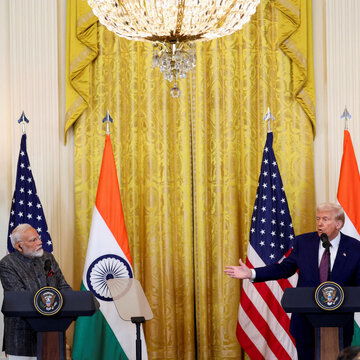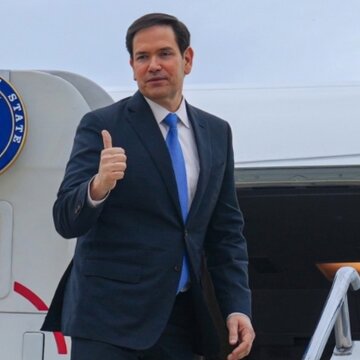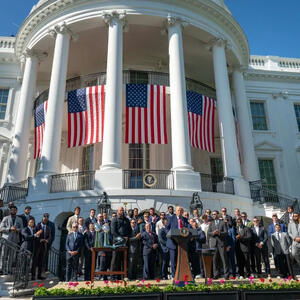The US Citizenship and Immigration Services (USCIS) has issued detailed guidance on the $100,000 H-1B visa fee, clarifying who must pay, who all are exempted and how employers should complete the process. The clarification follows the September 19 presidential proclamation, which introduced the steep fee and triggered confusion among companies.
According to the USCIS statement issued on October 20, the fee applies to new H-1B petitions filed on or after 12:01 am EDT, September 21, 2025, for beneficiaries outside the United States who do not hold a valid H-1B visa. The rule also covers petitions that request consular processing, port-of-entry notification or pre-flight inspection.
USCIS further explained that the proclamation does not apply to H-1B petitions involving a change of status, amendment or extension of stay inside the United States, provided the beneficiary is granted that request. “The Proclamation does not apply to any previously issued and currently valid H-1B visas, or any petitions submitted prior to 12:01 a.m. eastern daylight time on September 21, 2025,” USCIS clarified.
However, the agency cautioned that if a change-of-status or extension request is denied- for example, due to an invalid non-immigrant status or a beneficiary leaving the country before adjudication, the $100,000 fee becomes applicable.
How the payment works
Employers must pay the fee through the federal portal Pay.gov, as per USCIS instructions. Employers may request a waiver in rare and exceptional circumstances, but USCIS emphasised that the Secretary of Homeland Security must strictly consider national interest before granting such exemptions. Requests and accompanying documentation must be submitted to H1BExceptions@hq.dhs.gov.
Key takeaways for employers
Fee applies only to new petitions filed after Sept 21, 2025, for beneficiaries outside the US
Change-of-status petitions inside the US are exempt, unless denied
Current H-1B visa holders are not affected
Fee must be paid via Pay.gov
Exemptions are extremely limited











